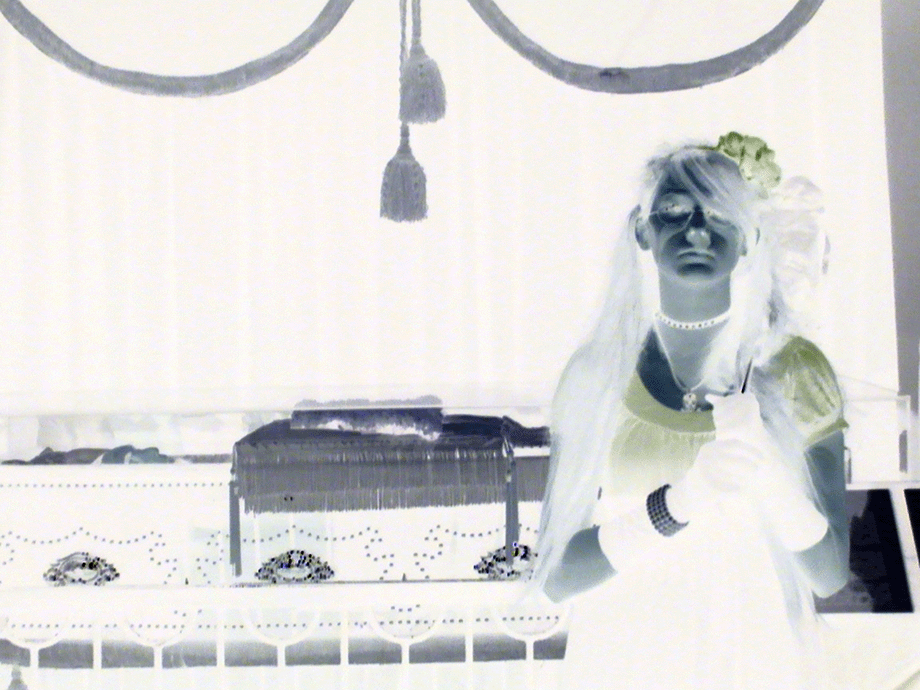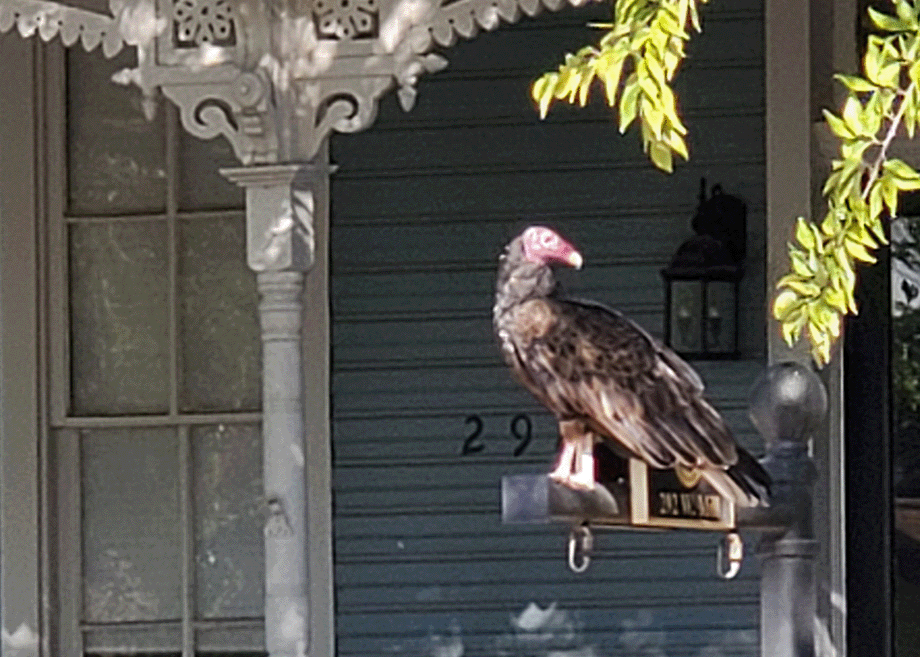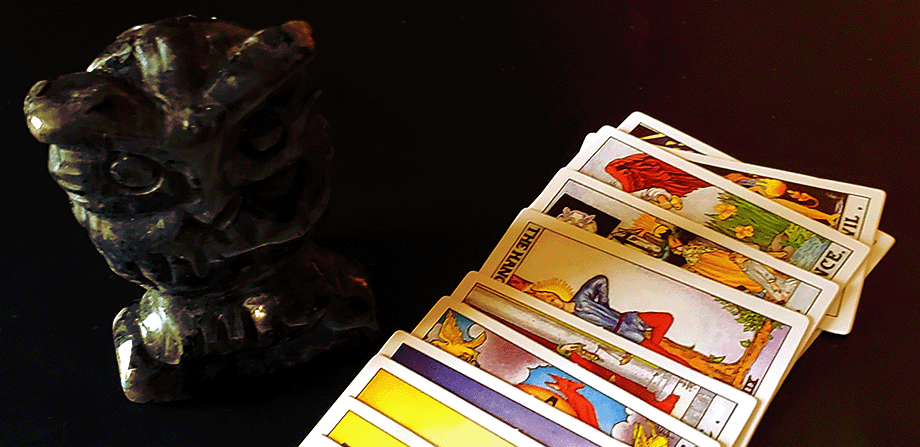Fear is the mind-killer.
—Dune – Frank Herbert
I grew up in a temperate climate, and by this first week of September the signs of arriving autumn were well and truly underway. The family garden had largely been harvested. Dry brown cornstalks rattled in the morning breezes, waiting my scythe to fell them. The trees were already starting to color, and soon would burst forth in a final glory before dropping their leaves in advance of the coming winter.
Despite having lived longer in semi-arid and semi-tropical parts of Texas, where no such natural alchemies occur, my brain has not rewired the calendar of childhood. When August ends, my mind turns to thoughts of fall, dimming days, longer nights, and the inevitable grip of the Winter Dark.
September is also a frequent metaphor for those of us looking at our later years. Careers are winding down; children are raised and gone. A few pleasant years of retirement ahead, and then that inevitable long slumber, our own encounter with final darkness of the human experience. Hence this time of year my thoughts turn toward contemplation on endings, and the melancholia that attends such.
You’ve been warned.
When one is younger, the fact that we are all marching toward that same destiny is hardly noticed by most. As teenagers we are invincible and immortal, and even into our 40s and early 50s we may still occupy our minds with the daily grind. What is being ground away is pushed deep down from our consciousness. When we start seeing 60 on the horizon, though, the ticking of that clock becomes much louder. Despite encouragement from Blue Oyster Cult, we all still fear the Reaper.
This fear is hard wired in us. It’s deep down in our anatomy in a place fittingly at the bottom of our brain called the amygdala. These nerve clusters are considered to be essential for our experience of the emotions of fear, anxiety, and aggression. It is the center of the “fight or flight” response. Fear and hatred are interlinked at a cellular level.
The amygdala and it’s connected processes are sometimes referred to as our “reptile brain”. These are the parts of the brain that respond instinctually, to carry out the primary purpose of the organism, survival. There are few commands in this primitive part of our brain.
Eat. Mate. Repeat if necessary.
Presumably this is the wiring of all those nifty Cretaceous critters that you see when you go to Jurassic Park (because Cretaceous Park wouldn’t fit on the sign, I guess). They’re Eaters who want to make baby Eaters. They do that and keep doing it until a bigger Eater swoops in and eats them.
This is the whole reason for fight or flight. The Eater had to determine (and very quickly) whether or not the thing confronting it was predator, prey, or mate, and consequently whether to try it’s luck or run away like a bunch of English knights from a vicious rabbit.
Since there were only three options, the wiring didn’t need to be too complex. A basic pattern of friendly, not friendly, and edible was put together, probably based on the pheromones in scent, and things went merrily onward until an asteroid hit the planet.
With most of the Eaters now extinct, evolution filled the gap with mammals. Mammals are also Eaters, but they are a bit more sophisticated about it. What existed of the amygdala in the reptile brain, started wiring into other areas of the mammalian brain. It formed more complicated relationships that included support for nurturing, community, and hierarchy. These structures were necessary for insuring the safety and survival of the young, which were born largely unfinished. The weeks, months, and sometimes years needed for a mammal offspring to reach adulthood and begin it’s role eating and mating compelled this adaptation.
Fast forward a few million years and one uppity group of mammals started doing things like using tools, and maybe even fire, and we got the primate brain. I don’t make a distinction between primate brain and human brain. There’s ample evidence that while we have some significant increase in size and capacity, we aren’t always using it any better, and sometimes not nearly as well.
But primate brain seems to have one major distinction over the basic mammal brain, and that is an awareness of death. That is, when comparing something like a pride of lions, and a colony of chimpanzees, a death in the group is responded to in very different ways.
Chimps are known to mourn, or at least appear to mourn the loss of one of their members. They experience grief in a way at least similar to our own.
Lions, while the Discovery Channel might narrate otherwise, seem less attached. A couple of nose nudges, and then the pride moves on. Sorry, Disney.
Velociraptors, of course, would just eat the dead one. There’s no code for friendly but dead. The default is edible.

We start to see “human” behavior regarding death in the species called Neanderthals. These homonids are the first indications we have of intentional burial. The finds also often include personal artifacts.
While it is tempting to believe that early humans included these as tribute or memento, it is more likely they were simply taboo. The resources required to fashion a stone axe or arrowhead tend to preclude it being buried as an offering to the ancestor, at least at this point in our pre-history.
But if it were the possession of someone who suddenly stopped walking, talking, and breathing, that might not be something you wanted to keep around. It could potentially be the thing that stopped them walking, talking, and breathing, so best to leave it behind in the grave.
Burial originally might simply have been a means of keeping predators from being attracted to the rest of the group. Of equal value would be insuring that the process of decomposition occurred out of sight, and any possible contamination (physical or spiritual) was contained. We dispose of our dead today for similar reasons, so it’s not hard to imagine that being how it started.
The awareness of death, and the absolute inevitability of death, sends all kinds of messages down to that reptile brain. After all, it’s purpose is to survive.
Eat or be eaten.
So far, however, nobody has been able to get away from that biggest Eater of all.
Our rational primate brain would rather just avoid the subject, and engage in things like small talk, online gaming, and whatever the hell reality TV is about.
The mammal brain admits that apparently death happens, but there’s a really nice cool water hole over there.
Meanwhile the reptile brain sits down there at the bottom of our consciousness screaming day and night, “YOU FOOLS! WHY DON’T YOU DO SOMETHING? FIGHT! RUN! SOMETHING?”
It’s that downstairs neighbor tapping on the ceiling with a broom while the mammals and primates are having a loud party upstairs.
It’s the Serpent in Eden, and it’s terrifyingly real.
We have no control over the situation. We may live to well over 100 years in peaceful health, and harmony. We could step in front of a bus in the morning.
From the moment that we first experience the loss of another’s life, we are unable to ever go back. We know now.
We have left the Garden.
The terror and pain are real and immediate. Grief and mourning are the process whereby we convince ourselves that despite what just happened, the rest of the world is spinning onward with general indifference.
As cold as that may sound, it’s what we need to be able to get up and go out in the morning, without spending every moment wondering and waiting who will be next to go. And whether it might be us.
And you run, and you run to catch up with the sun but it’s sinking
—Time – Roger Waters / David Gilmour / Nick Mason / Richard Wright
Racing around to come up behind you again
The sun is the same in a relative way but you’re older
Shorter of breath and one day closer to death
Some people seem more attuned to dealing with the idea of mortality than others. I place myself in that group. I surround myself with emblems of death. Skulls and skeletons decorate my home and my wardrobe. I visit cemeteries and battlefields and charnel grounds. I listen to the unquiet dead whispering on that autumn breeze. ” Come away. Come away…”
Yes, of course, I’m a fan of Poe. Even named one of my children Raven.
But there are lot of writers and artists and musicians and entertainers that seem to enjoy this spiraling dance with death and things macabre. Horror and fear are big industries in the part of the world where it can be purchased as entertainment. I think perhaps that the numbers of people who are comfortable, if not chummy, with human mortality is less in the parts of the world where sudden horrible death is a daily occurrence, I can’t believe that there are not some who still walk that path with Thanatos.

I don’t have any idea why I am that way. We lived next to a large cemetery that started out as just family, but had expanded through marriages and kinships to a broader community. My grandmother oversaw the maintenance. In my teens and twenties, I was hired as caretaker, but I often accompanied her and my great-grandmother (when she was still able) down to the graveyard. My grandmother knew who all the dead people were. Even if she had not met them, she knew them because they had been the mothers and fathers and brothers and sisters of people she did know. It was a small community, and everyone knew everyone. Even the dead.
I did not get the chance to visit it when I was last there, and it would be about 20 years since, but I wager I could still tell you who was who, and how they were “kin” to one another, and maybe where they lived and what they did for a living. The oldest resident I know was corporal in George Washington’s army. My grandmother and great-grandmother have since moved in. They may be the last generation of my family to take up residence. My own parents have decided on cremation, and I doubt my brother’s line will be much different. As noted, I live in a far away world now.
I suppose they will miss me. The dead, I mean.
Cemeteries can be beautiful peaceful places for reflection and contemplation, as well as warehouse for human remains. But in a world bursting at the seams with living humans demanding resources, the real estate can be a little wasteful. And filling the ground with metal and plastic boxes holding chemically preserved bodies is not really green.

Some cultures practice “sky burial” where the vulture and other carrion birds do what they do to the remains of the deceased, thus taking their mortal coil on to the heavens. The process is both natural and sanitary, if horrifying to modern Western eyes.
The most interesting final disposition I have heard about is a company that will mix your cremated remains with potting soil, and then plant you with a seedling. You get to go back to the earth and come back as the tree of your choice.
I’m not sure what the regulatory agencies (and you would not believe the number of government agencies at multiple levels that have their fingers in the death pie) have determined regarding the potential “public health issues” of this kind of thing. To my mind if your ashes can be dumped in a field, scattered in the ocean or thrown to the wind off a tall building, you can damned well be a shade tree in suburbia.
Now, if I go that route, I know I am going to be that gnarled ancient oak way back in the forest that the animals avoid and nothing grows near. That would be so cool.
The hard thing about being comfortable with death, dying, and the post-death experience is deciding which way to go. I mean, if I’m honest, I want a pyramid. However, looking into the costs of even a small one is discouraging. Maybe I can donate myself to science and pick one of those teams that is always trying to recreate how the Egyptians did it for the History Channel.
Being intimately connected with the family plots, I had sort of just assumed that someday I would have a little piece of the field there. But time passes and things change, and you start thinking odd thoughts as you get older.
Part of the cemetery thing means having perpetual ownership. In other words, when the subdivision moves in, they best not be moving my final resting place. And woe be unto you if you do that Poltergeist thing and just move the headstones, cause I am definitely going to haunt those people. Honestly I will haunt anyone there anyway. I’m just that petty.
But, my kids have no real connection to that place. And if I were in the ground there, they’d either feel obliged to visit a place they hate, or they’d never show up at all. Just like I don’t.
I have deep love and appreciation for my grandmother, but I never visit her grave. I just don’t feel that it matters. The paths I have walked in my life cause me to wonder whether it matters where or what is done with your mortal coil once you have shuffled it off. Spoiler alert – it doesn’t.
If we believe that we are spirits or souls or energy forms that are driving around in our meat puppets for three score and ten, then what becomes of those meat puppets is entirely irrelevant.
Excluding true atheists, everyone has some belief in life after death, and if you don’t, then you aren’t really going to be upset much.
How that life after death turns out is not known. It’s fair to say that someone will have gotten it wrong. Maybe everyone.
That’s an exciting thought.

Dawn rises.
Cool mists cling to the forest floor
A lone voice proclaims
It is not quite through with the night.
Death and witches seem to go hand in hand. The stories are universally grim (and Grimm). Witches were purveyors of poisons, casters of curses, and throwers of bones. The spirits that attended them could just as well be your departed Aunt Fannie as Buen or Baelzebuth. Witches routinely caused the death of livestock, villagers, and crops. They were a living harbinger of death in whatever community they inhabited.
I often wonder if Baba Yaga was just an old woman who had the same fascination with mortality that I have had all my life. The accumulation of bones and apparent indifference to death may have led to tales of cannibalism that feature in her story as well as others. I’ve never eaten anyone, but I’d be perfectly okay with the loud neighbor kids thinking I might. Keeps them off the lawn.
Other people, of course, can’t help but hear that screaming amygdala and yelling back “shutupshutupshutup!” Death is never discussed, never thought of, and avoided whenever possible. Grieving for them is harder and longer, because the event is shattering. The screaming reptile brain is shouting “I told you so!” and that is never productive.
If you are a person upset by this article, I expect that you may have already hit the back button and ducked out. I really would have liked for you to have read it. On the other hand, if you are part of that group of crazy kids who hang out with Anubis, can’t wait for Halloween, and really understand that the profound truth is that the mystery beyond death is where we’re all headed, then thank you for reading this. I know it’s not as directly witchy as the usual, but when you reach my age, you may find that it’s important to face this kind of thing, and realize that the clock will run out.
Addendum — I try to write my blog several weeks ahead. This was originally penned in late June or early July, because in truth, I think “Autumn thoughts” all year round.
A week ago, my father died.
I am fairly sure at the time that I wrote this, I was thinking about this inevitability, even though at that point he had not been diagnosed as terminal. The timing is neither ironic nor really unexpected. Part of being strange and unusual is living a bit out of sync with linear time, and accepting the insights that this brings.
I am confident that he is no longer in pain. I feel that he is both at peace, and has achieved some manner of perspective that will aid his spiritual path in the future.
My view of the cosmos assumes that future, for him and for all of us, so I don’t mourn in the fashion of my ancestors or my immediate family.
I add this epilogue as an observation and affirmation of the rest of the article. To borrow from Gandalf, Death is just another journey, one that we all must take.

